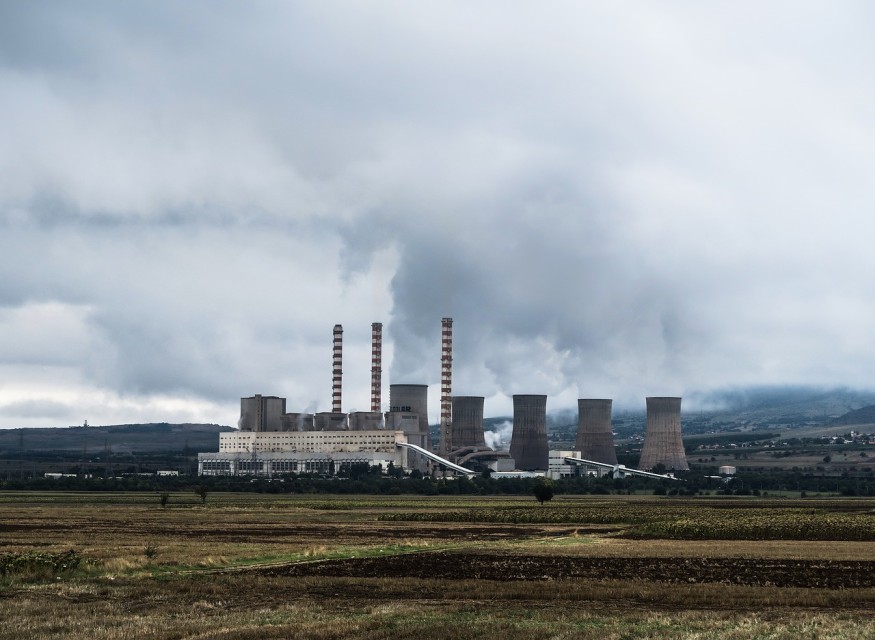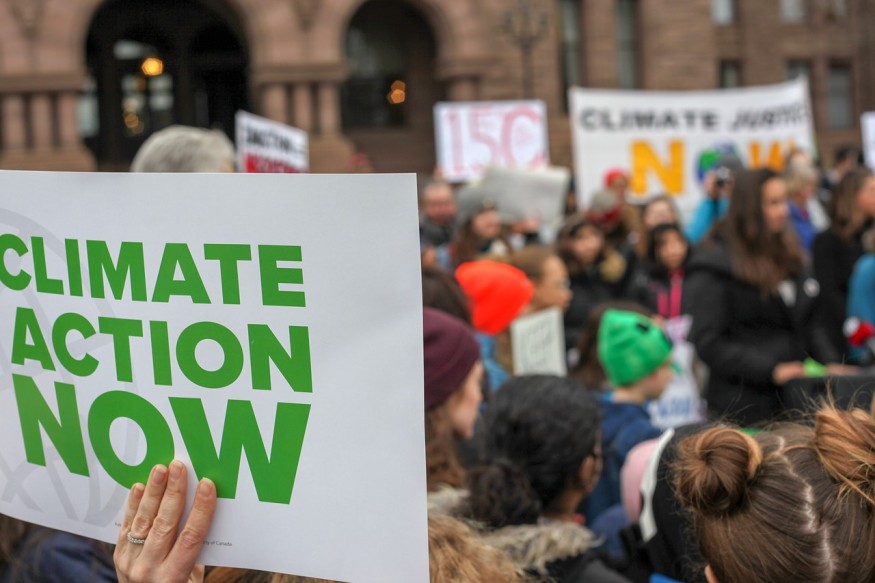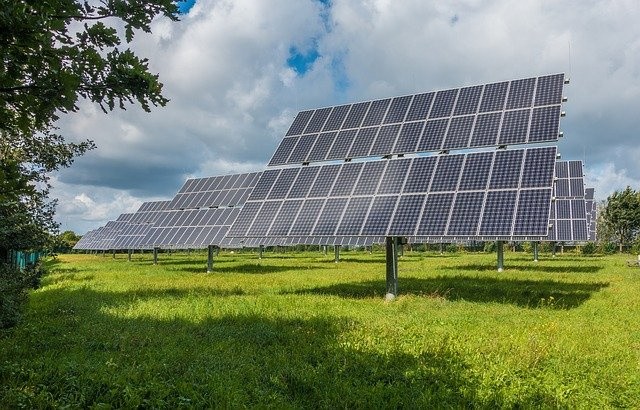Even when efforts to renewable energy sources are made, an energy price shock serves as a reminder of the world's continuing reliance on fossil fuels.
Rising Demand

Demand for oil, coal, and natural gas has risen dramatically in recent weeks due to exceptional weather conditions and rebounding economies in the aftermath of the epidemic, resulting in energy shortages from China to Brazil to the United Kingdom.
The scenario has exposed the vulnerability of global supply as countries seek to transition away from fossil fuels and toward cleaner energy sources, a shift that many investors and governments are attempting to expedite in the face of climate change concerns.
A Difficult Transition

According to energy executives and experts, the shift will be difficult for years to come due to a stark reality: while fossil fuel investment is down, fossil fuels still account for most energy-and green energy expenditure isn't increasing fast enough to close the gap.
Even when supply chains begin to sag, demand for power remains strong. Moreover, renewable energy supplies, such as wind and hydroelectric power, have fallen short of expectations in some situations, driving increasing demand for fossil fuels.
The International Energy Agency, which advises nations on energy policies, forecasted world oil consumption at 99.6 million barrels per day next year, similar to pre-pandemic levels, earlier this month. It predicts that coal usage will reach 2019 levels this year and continue to increase through 2025; however, how rapidly it declines after that will be determined by government measures to phase out the fuel.
Exxon Mobil Corp. Chief Executive Darren Woods said in virtual remarks at a conference in Russia on Wednesday, "A lot less product is available to meet this increasingly fast increase we're witnessing." "Additional volatility will result if we do not balance the demand equation and solely handle supply."
Increasing Production
According to the US Energy Information Administration, global oil production is still increasing, but it fails to keep up with a rise in demand from nations recovering from the epidemic.
Rystad Energy reported that global oil and gas exploration investment, excluding shale, averaged approximately $100 billion per year from 2010 to 2015 but plummeted to roughly $50 billion in the years after the fall in crude prices.
According to the International Energy Agency, this year's total worldwide oil and gas investment would be $356 billion, down 26% from pre-pandemic levels. But, according to the IEA, this is roughly where it would need to stay for the next decade before dropping further to fulfill the Paris Agreement's targets. The worldwide agreement aims to keep global warming to no more than two degrees Celsius over pre-industrial levels, with a preference for 1.5 degrees.
Green Energy Needs More Time

According to the Paris-based organization, investments in renewable energy would need to increase from roughly $1.1 trillion this year to $3.4 trillion a year until 2030 to satisfy global energy demand and climate goals. Technology, transmission, and storage, among other things, would benefit from the investment.
For more news about making the environment sustainable, don't forget to follow Nature World News!
© 2025 NatureWorldNews.com All rights reserved. Do not reproduce without permission.





